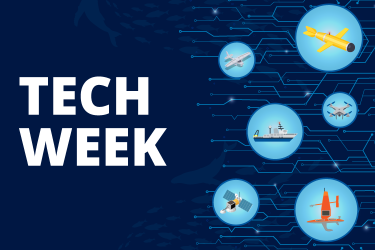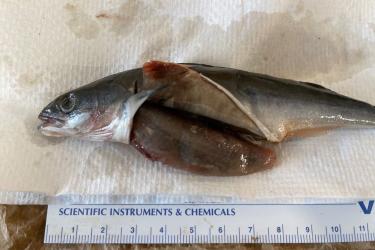NOAA Fisheries has been conducting surveys for decades—collecting data on the health of our ocean and fisheries. We want to know when, where, and how many fish are in the ocean; what species; and how old they are. This information helps us manage fisheries sustainably. These surveys are usually conducted on ships and airplanes, which can cover large areas. But they’re constrained by weather, daylight, and even location.
The ocean is vast, and traditional surveys can’t cover it all. That’s where autonomous vehicles, like gliders, come in. They can be deployed for months at a time, moving slowly through the ocean. They collect all kinds of data, such as temperature and salinity, dissolved oxygen, chlorophyll levels, and underwater sounds. They provide us flexibility in our research—they work in all kinds of weather, sampling deeper under the ocean’s surface, at a lower cost than ships.
One place we’re using this technology is Antarctica. Gliders allow us to expand our coverage of the area, collecting data on krill—some of the most important animals in the food chain. With funding from the Inflation Reduction Act, NOAA is modernizing its advanced technology capabilities, including uncrewed systems like gliders. All of the uncrewed systems we are using and developing are critical for the future of our ability to manage the oceans.



